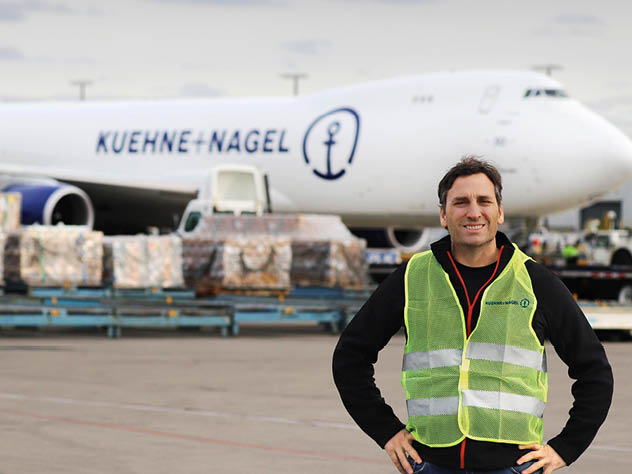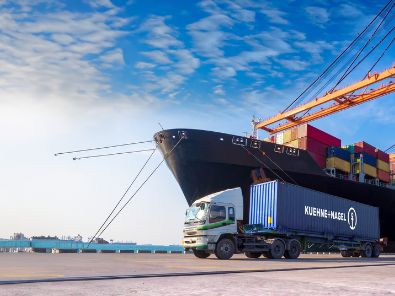Air transport of dangerous goods
As of 1 January 2023 took effect regulations for the air transport of hazardous materials. The Act of 5 August 2022 on the transport of hazardous materials by air formalizes rules, requirements, obligations and restrictions in air transport of dangerous goods.
It also imposes sanctions for violations of requirements in the shipment or performance of the transport of concealed or undeclared hazardous materials in air transport for both, the shipper and the operator effecting the transport.
Responsibility of Shipper and Logistics Operator
A shipper, as defined by the Act, is an individual that has signed a shipping document or other document accompanying a consignment containing hazardous materials. This means that the responsibility for the transport of dangerous goods lies with both, the person signing the shipper’s declaration (Dangerous Goods Shipper's Declaration) and the issuer of the air waybill (logistics operator).
The legal basis governing the transport of hazardous materials by air is the Chicago Convention, i.e. the 1944 Convention on International Civil Aviation inclusive of its Annex: Safe transport of hazardous materials by air. The International Civil Aviation Organisation (ICAO) expanded the provisions of these regulations to include the Technical Instructions for the Safe Transport of Hazardous Good by Air (Doc 9284-AN/905), which are continuously updated and are still in force today. The users of the legislation are the state regulatory authorities. In Poland, this is the Civil Aviation Authority.
Shipper's Responsibilities
In light of the new requirements, pursuant to the Act of 5 August 2022 and the applicable procedures (Convention on International Civil Aviation and Technical Instructions for the Safe Transport of Hazardous Good by Air), prior to the shipment of a consignment for transport by air in 2023, the shipper is required to:
-
make sure that hazardous materials are not prohibited for transport by air;
-
classify hazardous materials and declare their quantity;
-
package the goods and label consignments of dangerous goods in accordance with the applicable Technical Instructions for dangerous goods in air transport, including the use of certified packaging if required by the Technical Instructions;
-
mark the consignment in English and in such languages as may be required by the country of origin, and label the consignment for hazardous materials as required;
-
in the case of a dangerous consignment or battery in air transport, provide the Safety Data Sheet.
Training: safe air transport of dangerous goods
An important change in the legislation is that in 2023, a shipper (an individual signed on a shipping document or other document accompanying a consignment containing hazardous materials) shipping hazardous material from the territory of Poland is required to successfully complete a training course on the safe transport of dangerous goods by air and be included in the list of shippers on the website of the Civil Aviation Authority, maintained by the President of the Civil Aviation Authority. The training is valid for 24 months and requires renewal.
Danagerous Goods Shipper’s Declaration
Shippers dispatching consignments of hazardous materials for which a Dangerous Goods Shipper's Declaration is required should complete this document in English and provide it in duplicate.
Requirements depending on the type of hazardous materials being shipped
The basic steps that must be performed by each shipper before ordering the transport of dangerous goods by air depend on the scope of the dangerous goods to be shipped. They are divided into four types: DGR consignment (full DGR), consignment with excepted dangerous material (DG Excepted Quantities), consignment with dangerous material in limited quantity (DG Limited Quantities) and consignments containing batteries.
In a situation where a Shipper's DG Declaration is not required for the dangerous goods, the Shipper is required to complete a Shipper's Statement and submit for review a copy of the current DGR certificate of the employee responsible for preparing the dangerous shipment for air transport.
Before handing over a dangerous goods consignment for transport by air to Kuehne+Nagel, customers should read the information brochure explaining the requirements to be met in order to complete the transport of dangerous goods by air. The content of the brochure is available only in polish language.



.png/653e0d90-c800-2c50-2790-4f1b58571805)

.png/2975be48-1e8a-3071-5526-1cdc72a1a112)



.jpg/6fb20775-d4a2-03f6-d9c3-0f0eb9297f3c)